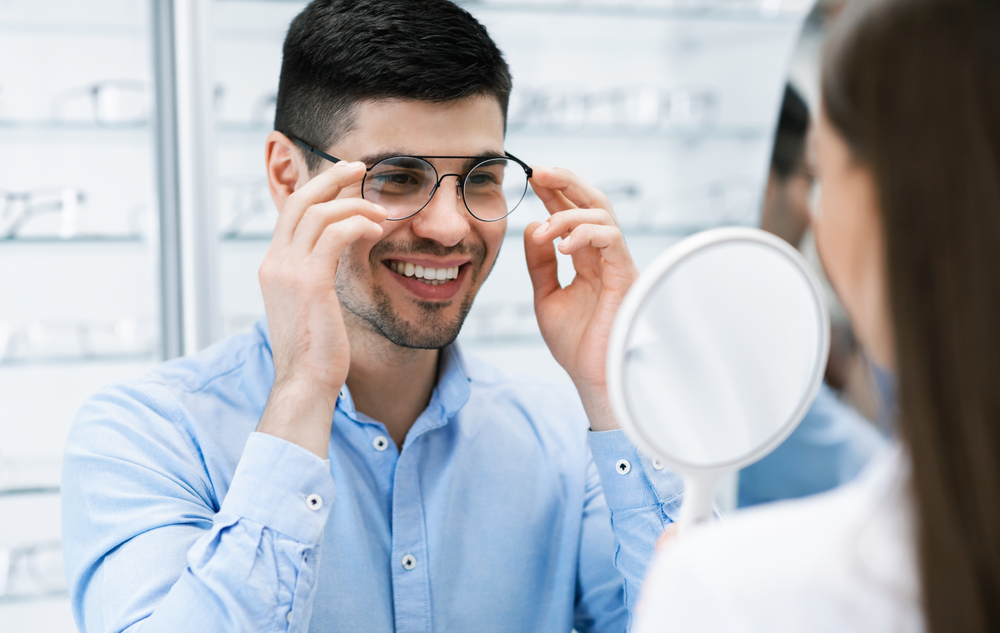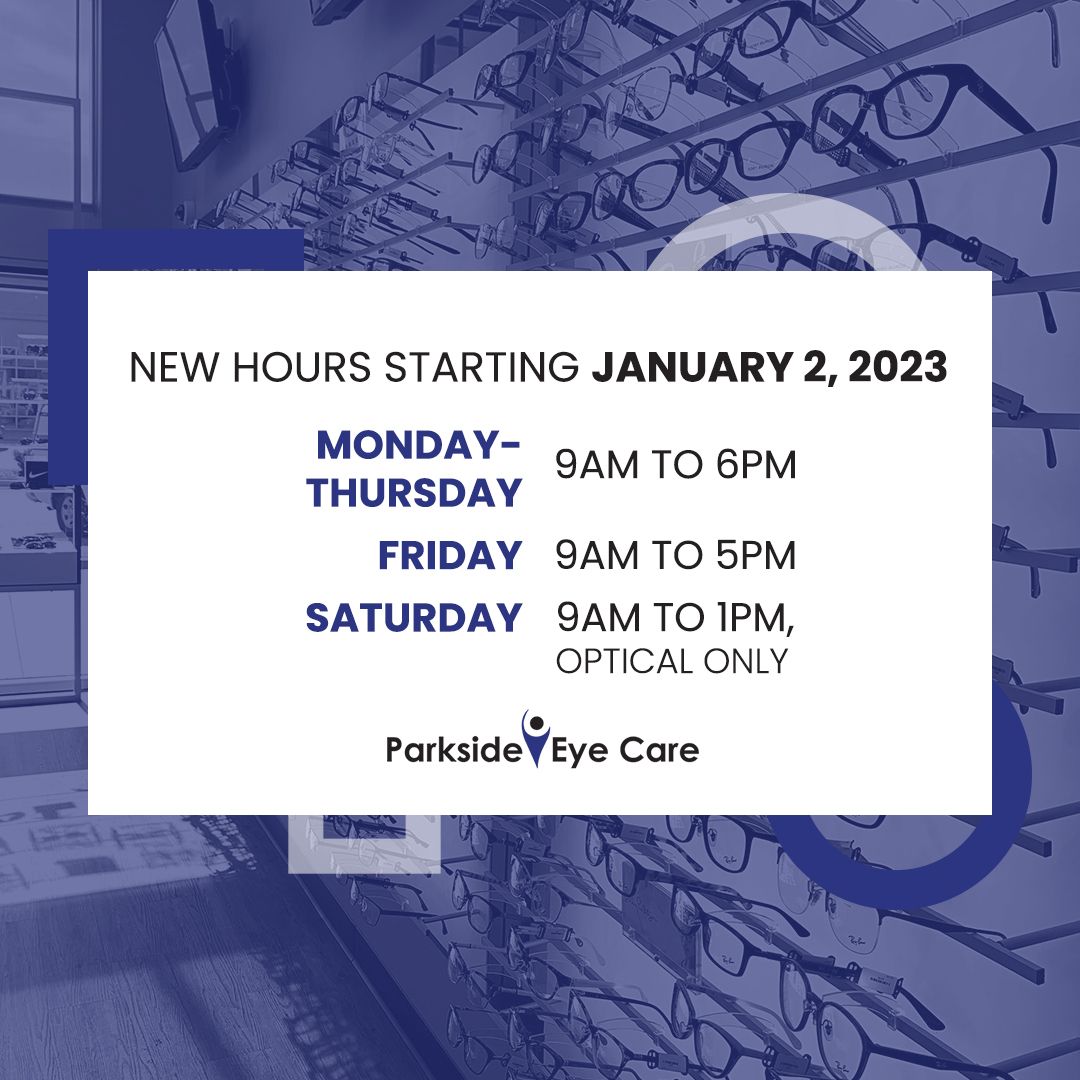
The American Academy of Orthokeratology & Myopia Control encourages parents to be hands-on in preventing myopia from developing in their kids. With indoor screen time getting longer, spending time outdoors is becoming more important. Studies show that this is a valuable method for managing myopia. Here are the details that you must know to understand how outdoor time can improve myopia.
How Outdoor Time Improves Myopia
Myopia is the result of both environmental and hereditary factors. Studies reveal that the amount of time children spend outside affects the occurrence of myopia. Exposure to sunlight helps the body produce more dopamine. This substance dilates the pupils and allows more light to enter the eye. The presence of more light allows the retina to focus better. Better still, dopamine slows down the eye’s elongation.
Scientists believe that spending more time outside the house lets the child’s vision adjust. The child can change focus from distant to nearby objects and vice versa. These constant adjustments allow eye relaxation. Focusing on nearby objects too much is a huge factor in the occurrence of myopia. You must send your child outside as a break from their homework or screen time.
Outdoor activities can activate the body’s vitamin D production. Higher levels of vitamin D in your body may help prevent nearsightedness. Studies show that people with myopia have lower vitamin D levels than those with normal vision.
The Brightness of the Sun
Scientists believe that the brightness of the sun can impact the development of myopia. Research shows that natural light outside is about 500 times more intense than indoor lighting. Ultraviolet rays in sunlight can prevent the occurrence of myopia. Many adults have myopia because they stay indoors most of the time.
Studies also show that using UV-blocking contact lenses and eyeglasses can contribute to the occurrence of nearsightedness. Research shows that children working on close-up tasks can have a lower risk of developing myopia if they work beside a window. This will allow some of the UV rays to reach their eyes.
Other Mechanisms
Studies explain that working indoors with only a study lamp and your computer creates a hyperopic blur and sends it to your brain. The environment behind the computer screen triggers myopic defocus in your eye. Once you step outside, every object you see is more than three meters away from you. This allows you to experience dynamic colors, shapes, and distances to focus on.
The Ideal Outdoor Time
Research suggests that myopia can develop in children who spend less than 13 hours a week or about two hours a day outside. Having outdoor breaks of 76 minutes a day can reduce myopia development by 50 percent. An hour of outdoor play can lead to a reduction of myopia symptoms.
Improving myopia at a young age will need dedication and consistency. Regularly keeping your child’s outdoor light exposure can help prevent or slow down the progression of nearsightedness. At Parkside Eye Care, we always remind parents to be more involved in their children’s eye health. Please visit our clinic in Cary, North Carolina, for an in-person consultation. Please call us at 919-883-9987 to schedule an appointment or inquire about our myopia treatment packages.














